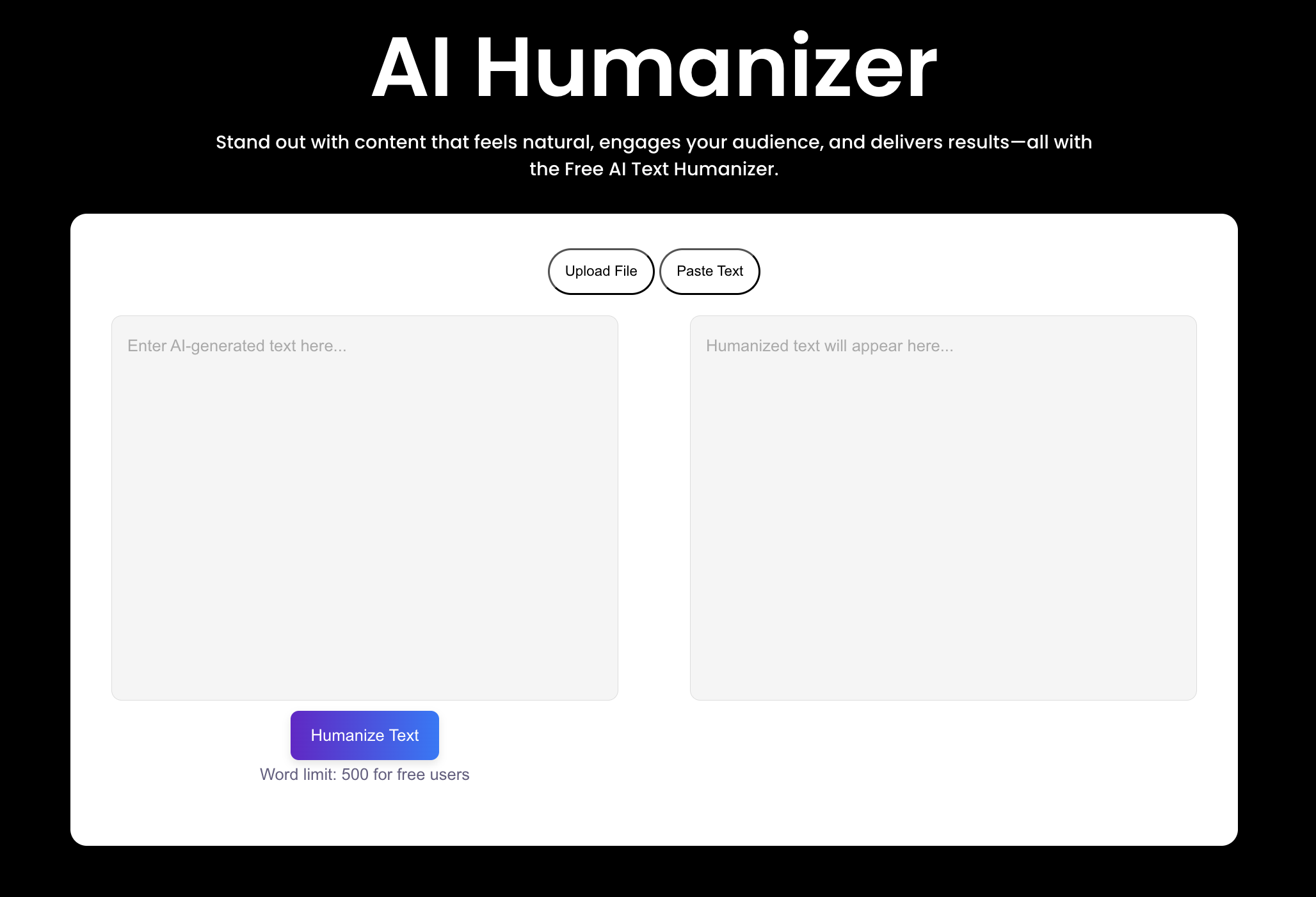AI Analytics: Transforming Data into Intelligent Decisions

In today’s digital era, organizations across all industries are generating vast volumes of data from various sources — customer interactions, business operations, social media, IoT devices, and more. Traditional analytics methods are no longer sufficient to handle the scale, complexity, and velocity of this data. Enter AI Analytics — a revolutionary approach that leverages artificial intelligence to derive deeper insights, faster and more accurately than ever before.
What is AI Analytics?
AI Analytics refers to the integration of artificial intelligence techniques, such as machine learning, natural language processing (NLP), and deep learning, into data analysis processes. It enhances traditional analytics by automating data preparation, insight discovery, predictive modeling, and even decision-making.
In essence, AI Analytics combines the computational power of AI with data science to move beyond descriptive analytics (what happened) to diagnostic (why it happened), predictive (what will happen), and prescriptive analytics (what should be done).
Key Components of AI Analytics
Data Collection & Integration
AI Analytics starts with aggregating data from multiple structured and unstructured sources. This includes databases, spreadsheets, CRM systems, sensors, social media feeds, emails, and more.
Data Preprocessing & Cleansing
Raw data often contains errors, duplicates, or missing values. AI tools use automation and machine learning algorithms to clean, standardize, and enrich the data, ensuring it's ready for analysis.
Pattern Recognition & Machine Learning
AI systems can identify patterns, anomalies, and trends in massive datasets without human bias. Through supervised or unsupervised learning, these systems build models that evolve and improve over time.
Natural Language Processing (NLP)
NLP allows AI Analytics platforms to interpret and analyze text-based data, such as customer reviews, social media comments, or emails, enabling sentiment analysis and topic modeling.
Predictive & Prescriptive Insights
AI models can forecast future trends and outcomes based on historical data. Furthermore, prescriptive analytics recommends the best course of action, often factoring in multiple variables and scenarios.
Benefits of AI Analytics
1. Speed and Scalability
AI Analytics tools process and analyze data far more rapidly than traditional methods. They can scale effortlessly to accommodate growing data volumes without compromising performance.
2. Accuracy and Precision
Machine learning models learn from data and reduce the risk of human error. They provide more precise forecasts and actionable insights that can significantly improve decision-making.
3. Real-Time Insights
AI systems enable real-time analytics, allowing organizations to respond swiftly to emerging trends, operational anomalies, or customer behaviors.
4. Automation of Complex Tasks
Routine and repetitive data tasks, such as report generation, anomaly detection, and data categorization, can be automated, freeing up human analysts for strategic tasks.
5. Enhanced Customer Experience
By analyzing customer data, AI can identify preferences, predict needs, and personalize experiences, boosting engagement and satisfaction.
Real-World Applications of AI Analytics
Retail and E-commerce
AI Analytics helps businesses understand consumer behavior, optimize pricing strategies, forecast demand, and manage inventory. For instance, recommendation engines powered by AI drive personalized shopping experiences.
Healthcare
In healthcare, AI Analytics is used to predict disease outbreaks, improve diagnostics, monitor patient health in real-time, and enhance treatment plans through precision medicine.
Finance and Banking
Financial institutions use AI to detect fraud, assess credit risk, predict stock market trends, and provide personalized banking experiences.
Manufacturing
Predictive maintenance, quality control, supply chain optimization, and robotics integration are areas where AI analytics is making a big impact.
Marketing
AI helps marketers segment audiences, predict campaign success, automate content creation, and measure ROI with greater precision.
Challenges of Implementing AI Analytics
Despite its transformative potential, AI Analytics is not without challenges:
Data Privacy and Security
Handling sensitive data raises privacy concerns. Companies must ensure compliance with regulations such as GDPR and CCPA.
Data Quality and Availability
Inconsistent, incomplete, or biased data can lead to inaccurate models and misleading insights.
Skill Gap
There’s a shortage of skilled professionals who can develop, manage, and interpret AI analytics systems effectively.
Integration Complexity
Merging AI analytics with legacy systems and ensuring interoperability across platforms can be a complex and resource-intensive task.
Ethical Considerations
Decisions driven by AI must be transparent and explainable to avoid biases and unintended consequences.
Future of AI Analytics
The future of AI Analytics looks promising and will likely evolve in the following directions:
1. Explainable AI (XAI)
As demand grows for transparency in AI decision-making, explainable AI will become central to building trust and accountability in analytics.
2. Edge AI Analytics
With the proliferation of IoT devices, analytics will move closer to data sources (at the edge), enabling real-time decision-making in fields like autonomous vehicles and smart cities.
3. Augmented Analytics
This approach uses AI to augment human intelligence by automatically generating insights, recommending actions, and enabling natural language querying of data.
4. Democratization of Analytics
Low-code and no-code AI tools will empower non-technical users to conduct advanced analytics without needing a data science background.
5. Hyperpersonalization
AI Analytics will drive hyperpersonalized experiences in every sector, from education to entertainment, based on individual preferences, behaviors, and context.
Conclusion
AI Analytics represents a paradigm shift in how organizations leverage data for strategic advantage. It enhances traditional methods with the speed, precision, and intelligence of AI, turning vast datasets into actionable insights that drive innovation and performance. While challenges exist, the potential rewards — increased efficiency, better decision-making, and deeper customer understanding — make AI Analytics a critical capability for future-ready businesses.
As technology continues to evolve, companies that embrace AI-powered analytics will be better positioned to thrive in an increasingly data-driven world.
Note: IndiBlogHub features both user-submitted and editorial content. We do not verify third-party contributions. Read our Disclaimer and Privacy Policyfor details.







